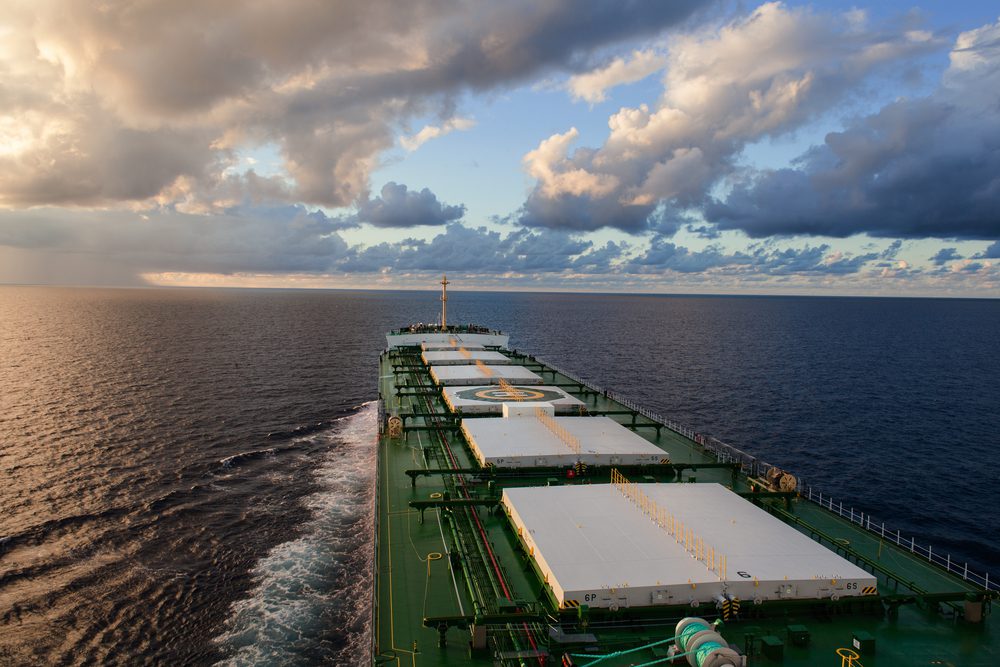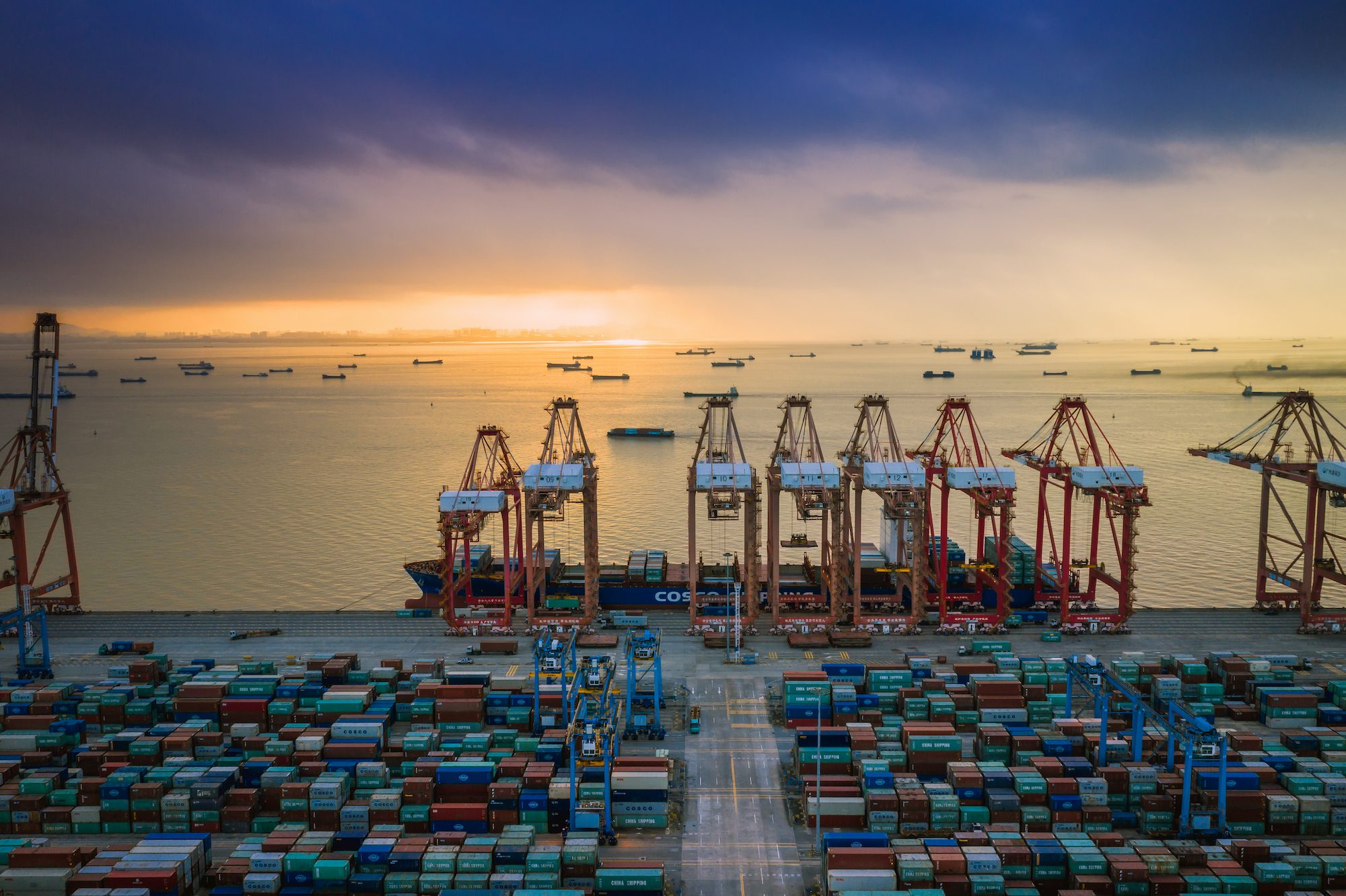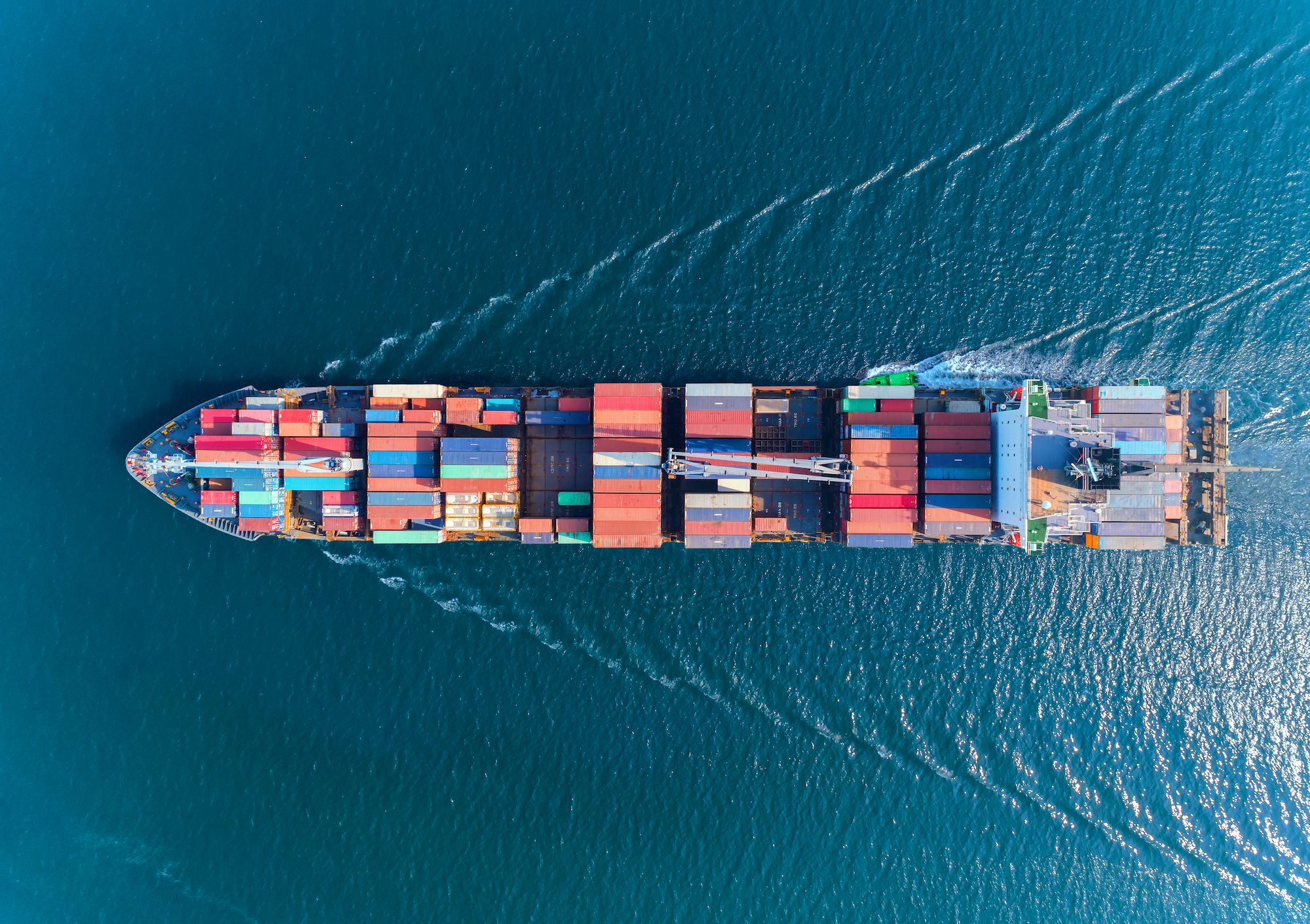The global dry bulk fleet is expanding at only half the pace seen during the 2010s, despite forecasts showing bulker deliveries reaching a six-year high by 2026, according to BIMCO’s latest shipping analysis.
“We forecast that bulker deliveries will gradually increase this year and in 2026, reaching 41.2m Deadweight Tonnes (DWT) and a six-year high,” says Filipe Gouveia, Shipping Analysis Manager at BIMCO. “Bulker newbuilding contracting was strong in 2023 and 2024, and several of the ships ordered during this period are expected to be delivered during this and next year.”
The analysis reveals that of the 59.3 million DWT expected to be delivered through the end of 2026, the panamax segment will dominate with 33.9% of deliveries, followed by supramax at 28.3%. Both segments saw increased ordering activity in 2023-2024, driven by relatively stronger freight rates.
While capesize newbuilding contracting increased in 2024 amid higher freight rates, these largest bulk carriers will represent only 23.9% of upcoming deliveries. Their longer construction timeframes mean most 2024 orders won’t be delivered until after 2026.
The fleet’s composition is gradually shifting toward greater environmental sustainability, with 9.1% of upcoming deliveries capable of using alternative fuels and an additional 10.7% designed for potential retrofitting. Among ships with alternative fuel capability, LNG and methanol are the preferred options, accounting for 37.1% and 34.9% of capacity respectively.
Gouveia explains the reduced growth rate compared to previous decades: “Despite a pick-up in deliveries, the dry bulk fleet is only growing half as fast as it did during the 2010s. During that period, strong Chinese demand was the key driver for dry bulk tonne mile demand, consequently driving newbuilding contracting. Demand growth has been slowing since then and in recent years, sailing distances have partly compensated for weaker cargo growth.”
Geopolitical factors have significantly influenced the market in recent years. Sanctions on Russian coal and ships rerouting away from the Red Sea around the Cape of Good Hope have extended sailing distances, boosting demand for dry bulk shipping beyond initial projections. This unexpected demand led to older vessels remaining in service rather than being recycled.
Looking ahead, freight market conditions appear challenging, according to BIMCO. Rates have been lower this year due to weak demand, a trend that could persist through 2026. Forward Freight Agreements indicate market expectations of poor rates for panamax and supramax segments, while capesize vessels may fare somewhat better.
“A pick-up in deliveries in the panamax and supramax segments will likely contribute to poorer market conditions for these segments. Consequently, this may lead to a slight and gradual increase in ship recycling of older and less competitive ships in these segments,” Gouveia concludes.

 Join The Club
Join The Club











